Romila Thapar’s Double standards and Half Truths
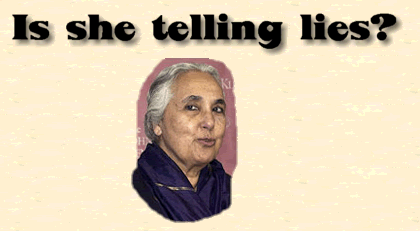

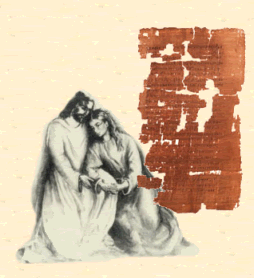
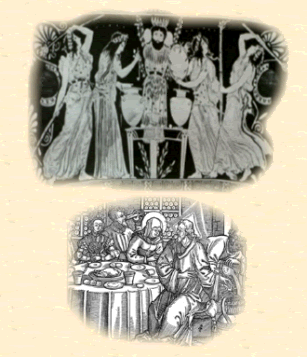
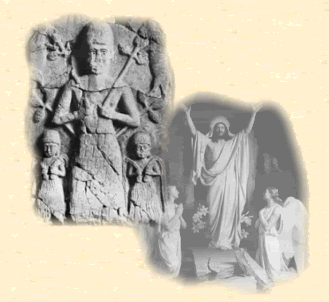
Coming back to the claims on the historicity of Ramayana, most historians who have no ideological vested interests accept the historical kernel of Ramayana. They may differ and debate on the details. Thus Dr.B.B.Lal the eminent archaeologist who excavated the Ramayana sites concludes that Ramayana is not a figment of imagination but based on historical events which were popular in the memory of the people which Valmiki composed into an epic narrative. Dr.B.B.Lal dates Ramayana events to 700 BCE. The unfortunate tendency of certain historians who put ideological vested interests over objective scholarship resulting in suppressing the conclusions arrived at by Dr.B.B.Lal after the Ramayana project, being presented in the ICHR meeting of 1988 has been explained by the eminent archaeologist in the very pages of ‘The Hindu’ itself (‘Facts of history cannot be altered’, July 1 1988).
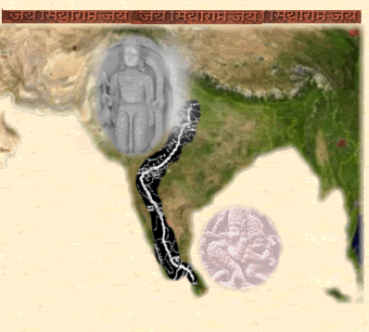
That Ramayana in its general outline known today, was also known to people of India even prior to Sage Valmiki, is well attested by varied literary evidence from across the nation. particularly from the South. Like for example from ancient Tamil Sangham literature which mentions an event related to Rama that goes unmentioned in Valmiki wherein Sri Rama plans the military strategy under a banyan tree in Rameshwaram and the birds whose sounds disturb the meeting fall silent as Sri Rama commands them to be quiet (Aham: 70:15).
The mention of Rama here makes it clear that the lore of Sri Rama coming to the south and winning in the battle against the demon of Lanka is not something that originated in the North and later spread over to the South but that was as strong in the south Indian tradition as it was in north India even during the period historians usually attribute to Sage Valmiki Ramayana, that is around 200 BCE.
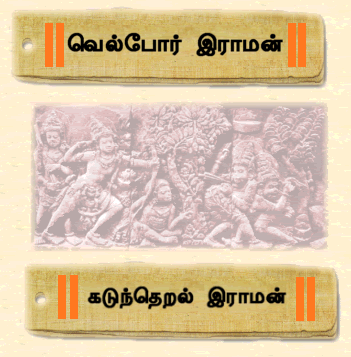
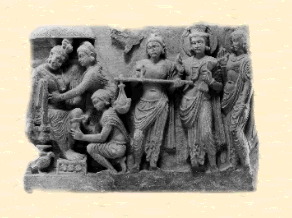
“The non-mention of southern topics does not, of course, prove anything., as the Jataka-stories were framed only with limited objectives and had no compulsive motive to narrate the whole story but by the third century AD the story had assumed its present features, because, in a Chinese collection of some Jataka stories which were translated by a Sogdiana monk between AD 222 and 280, the episodes of Rama’s exile , the abduction of Sita by Ravana, the duel of the latter with Jatayu, of Sugriva and Vali, the construction of a bridge to Lanka, the ordeal of Sita have been drawn in outline.” (pp 103-104, The Ramayana traditions in Asia, Sahitya Akademi 1989)
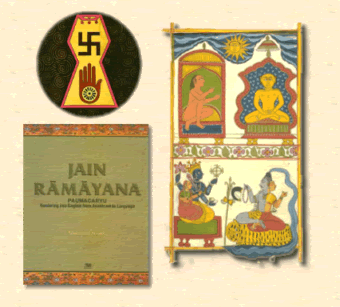
Another great Jain monk who hails from the southernmost part of India, Saint Illango in his immortal Tamil epic ‘Chilapathikaram’ (usually dated as 200-300 CE) compares the leaving of his epic hero Kovalan of his hometown to Sri Rama leaving Ayodhya.
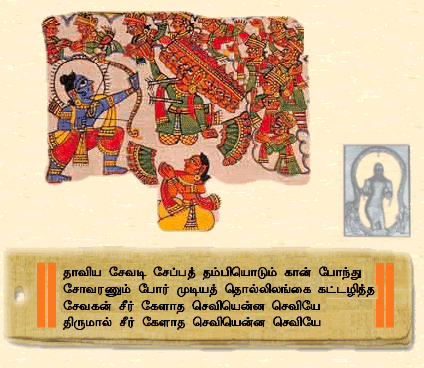
Clearly by 200 CE if not before, Sri Rama going to Lanka and killing the demons there and veneration of Sri Rama as the avatar of Vishnu have all become part of the Tamil devotional tradition and day to day culture.
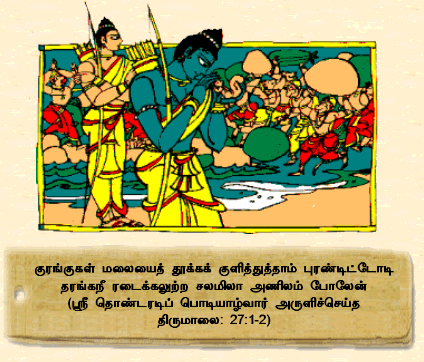
Clearly it is not only ASI which has been playing the ‘suppressio veri suggestio falsi’ game.
That said one cannot but agree with Prof. Thapar when she states that a search for a non-existent man-made structure takes away from the imaginative leap of a fantasy and denies the fascinating layering of folk-lore. While rejecting the literalists, one is at a loss to understand why Prof. Romila Thapar fails to see the cultural dimension of the natural formation that inspired the imaginative leap of not just fantasy but also devotional literature of a nation and the fascinating layering of the same by folk-lore and transforming it into one of the centres of national integration as acknowledged by none other than Mahatma Gandhi in his ‘Hind Swaraj’. In India, the whole national integration has been achieved through immersing the nation in such sacred geographic features associated with epic narrative, mythology, devotional literature and folklore.
With regard to the objection that Ram Sethu should not be destroyed not only for ecological and economic reasons but also because it has a cultural and spiritual dimension in the heritage of India, Prof. Romila Thapar asks rhetorically: “Has the idea become the heritage?” Perhaps our JNU Professor who is also, U.S. Library of Congress appointed first holder of the Kluge Chair, has been answered long back by a half-naked Fakir when he stated in such simple but forceful words thus:
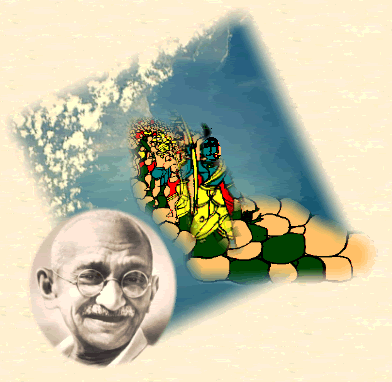
“What do you think could have been the intention of those farseeing ancestors of ours who established Setubandha (Rameshwar) in the South, Jagannath in the East and Hardwar in the North as places of pilgrimage? You will admit they were no fools. They knew that worship of God could have been performed just as well at home. They taught us that those whose hearts were aglow with righteousness had the Ganges in their own homes. But they saw that India was one undivided land so made by nature. They, therefore, argued that it must be one nation. Arguing thus, they established holy places in various parts of India, and fired the people with an idea of nationality in a manner unknown in other parts of the world.” (Hind Swaraj, Chapter 9)
Labels: Pseudo-history, Rama, Rama Sethu, Romila Thapar, The Hindu


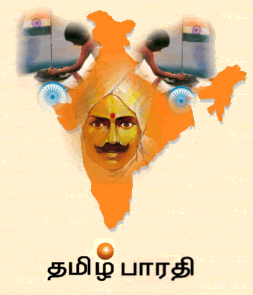
19 Comments:
My heart is burning. The day will come and world going to understand India.....not because of economic power.....not becasue of military power...... because of the great cvilization.........
Upto that day I will fight..........
அரவிந்தன், கருத்துக்களை முழுதும் உள் வாங்க முடியவில்லை.என் ஆங்கில அறிவு அத்தனை ஆழமானது அல்ல. நேரம் கிடைத்தால் இப்பதிவை கொஞ்சம் தமிழ்
படுத்தி வெளியிட முடியுமா என்று பாருங்களேன்.
அன்புடன்,
ராமச் சந்திரன்.
Had pleasure reading your post!.
Great post...Well done. I am linking it on my blog
thoroghly readable piece.I look forward to a regular visit to ur blog.Keep it up ,bro.
Well researched. This should get a wider audience, so that (at the very least) Thapar's piece will have a worthy counter-opinion. Why don't you try 'The Hindu'? ;)
Thank you, for giving an informed rebuttal. While I knew enough to see her double standard on the Jesus issue, I had not read the Jataka and Jain tales and had no answer to her statements on those.
Thanks a ton for this extremely well researched and well written article. Keep up your good work !
Hi Aravind,
You just claim that Thapar readily agrees Jesus and elaborated on it. I give those lines from the article below with highlighted words to notice.
>>>
Their biographies adhere largely to a single story-line and this helps to endorse the ‘official’ narrative of their life. Their existence is recorded in other sources as well that are not just narratives of their lives but have diverse associations. The historicity of the Buddha, for example, is established, among other things, by the fact that a couple of centuries after he died, the emperor Ashoka on a visit to Lumbini had a pillar erected to commemorate the Buddha’s place of birth. This is recorded in an inscription on the pillar.
If the current debate had grown from a genuine sense of enquiry, historians might have participated
Human activity has a historical context and this is open to historical comment.
>>>
story line - All narratives that historians state are not 'final truths' but story lines. Becos they base on some evidences. They may change if a contradicting 'evidence' is obtained. For Jesus the 'evidences' are all matching to the 'story line' and hence historicity of Jesus is 'ok' and is the current available 'truth'. Obviously historians do not accept 'Dinoysius'. Does that mean that there are no people who doubts the historicity of Jesus? No. For e.g. http://en.wikipedia.org/wiki/Historicity_of_Jesus
What historians do then? They try to 'construct' a historical Jesus from all the 'evidences'.
http://en.wikipedia.org/wiki/Quest_for_the_Historical_Jesus
There is also a seperate effort to find out the historical Jesus from the mythological Jesus.
How many of us are ready to do such classifications with Rama? What many people do is thouroughly mixing myth and upholding them strongly making it more difficult to separate myth and reality.
For e.g. The Sangam literature mention about Rama. But nobody tries to dig/research in further.
What is needed now?
Instead of politicising this further with such roundabout theories, bjp could do some contribution to the history, if they dare.
Say, the Indian Government is bad and purposefully distorting Ram-Sethu bridge; Say Romila Thapar is rejecting the historicity of Rama saying it as a myth; Then what the Rama-believers like Arvind got is an wonderful opportunity to prove that. Isn't it. Is it not possible for bjp to allot a seperate project/ team of archeologists who do the underwater digging at Adam's bridge and prove it now? How many crores it might cost?
Do any of you think bjp or the sangh parivar or rss will do that?
DEFINITELY NOT. I bet.
great work.thanks
Bible itself has 4 versions of Jesus.. there was nothin suppressed there...
every jew is linked to king David...
Jesus was a Jew...
I really don understand why the author wants to mix different religious sentiments n make a kichidi out of it... which workd well for nobody...
If they want to proove things... proove them not at the cost of hurting other religious sentiments..
5A5nES You have a talant! Write more!
May I suggest that you convert this into an article and send it to
EPW as a rejoinder to her article in EPW.
www.epw.org.in
I liked this post very much. Many of the present indians are so careless about their nation's pride and heritage that they go to the extent of defiling our own cultural roots.(But i had one doubt....the same set of passages from your blog barring a few appeared in a recent issue of Bhawan's journal... did you contribute?).
Historicity of Ramayana need not be doubted because we have so many places in contemporary India and srilanka to commemorate the epic.When there is so much of confusion regarding a person who appeared just 2000 years back what to say about lakhs of years?
I would like to mention a few places:
1.Anga
2.Visamitra ashrama(25 mils from Gaya)
3.Visala(27 km from patna)
4.Mithila
5.Gomati
6.Bharadwaja ashrama(Allahabad)
7.Nandigrama(present nundgaon)
8.Rajagriha(present jalalpur)
9.sringaberapura(22 miles from allahabad)
10.Chitrakuta
11.Dandakaranya
12.Kishkinda(small village near Hampi)
13.Agasthya ashrama near Nasik
14.Rameshvaram
15.Sethu bandanam(rama's bridge)
16.Dhanushkoti
17.tiruppullani
18.sita talava, sita ela, sita koonda, sitawaka...all in srilanka now.
//But i had one doubt....the same set of passages from your blog barring a few appeared in a recent issue of Bhawan's journal... did you contribute?).//
Anand thanks. Yes i contribute occassionally
Arvind:
Great post.
I wonder if you have heard about Caesar's Messiah
http://www.caesarsmessiah.com/main.html
This is a book citing multiple parallels, *in the very same chronological sequence*, between the Roman campaign against the messianic Jews and the ministry of Jesus, and argues that the Roman Caesar Flavius Titus is the one on whom "Jesus" is built. The Romans "gave" this created messiah to the Jews to placate them, at the same time asking them to worship their own defeat and degradation at the hands of the Romans. The summary in the link calculates the probability that the sequence of events could occur just by chance, not by design. Do read the summary.
The author, Joseph Atwill, has debated many Christian scholars, and has caused many to ask themselves how they could be so blind as to not see the obvious.
For example, the Romans, in their boats, laughed and joked that "This is like fishing for men" when they had chased after fleeing rebels in the Sea of Galilee and speared and killed any rebel found swimming in the water.
The same "fishing for men" then magically appears in Jesus' mouth (and at the Sea of Galilee).
There are multiple such events, and they occur in the *same order* in Roman history and in the Jesus story.
In statistics, sequence has power. It would be almost impossible for such events to occur in the same sequenc in Roman history and the Jeses story.
And then there is good motive for the Romans to build up a messiah for the Jews.
You can ask Joe questions on his message board (linked) if you need to.
Thanks Ashis the for the information. it is really useful.
You are very welcome, Arvind!
The period of Rama's Existence and Period of Epic written on Rama are two different timelines and also the contemperory existence of Valmiki himself in the Ramayana and Valmiki as a writer of Ramayana. This is because in Mahabharatha the mention of Rama is made suggesting the existence of Rama much earlier. Which also explains the evolutionary line of existence & predominance of Vanaras & Bhallookas in Ramayana & not in Mahabharatha which is later. Similarly the language of Mahabharatha wrote by Vyasa helped by Lord Ganesha is observed to belong to post-Rigvedic Sanskrit by the historians, also corroborates the view that the epic was written after the event. It is incorrect to relate the time of epic to time of the actual event.
A comment posted by Anand has rightly highlighted that there are many places of Ramayana found in eventwise orderly fashion In India till Lanka which are not merely coincidental. The mention is there is about very few places from the epic and if enlisted with care, at least 2500 places can be found across India which have a local or legendary story associated with the place/event of Ramayana. For example, there is Seetha Seragu (Seetha's Uttareeya) in Hampi (Karnataka). Like wise doubts about how Hanuman would have a single jump from penisula to reach Island, can be clarified if one has read articles about monkeys in Himalayas which had eaten Shilajit stones were able to jump 5 to 10 times the jumping distance covered by a normal monkey.(futher research is required)
In a nut-shell after reserving appreciation to the contributions of Prof Thapar to Indian History, it is precarious that she could not notice that how can so many places related to Ramayana exist in orderly manner throughout India & Srilanka? How can this be termed as coincidental by her?
Post a Comment
<< Home